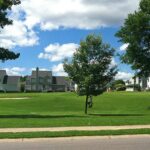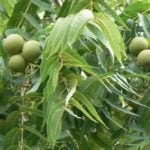
Spring is the ideal time to revitalize your lawn after a long winter. The care you provide in spring forms the foundation for a lush lawn that can withstand the summer heat and drought. Follow these spring lawn care tips for Wilmington, North Carolina, to keep your landscape green and healthy.
The subtropical climate here allows for an extended growing season but presents its own lawn care challenges. This guide will focus on how to water, mow, use fertilizer, weed, and apply pest control to help you cultivate a beautiful lawn that will be the envy of your neighborhood.
Know Your Grass
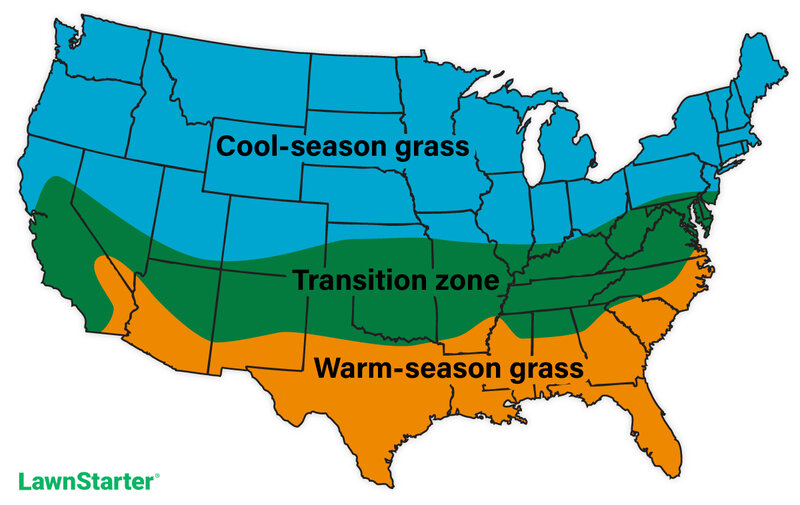
Wilmington is in USDA growing zone 8b, a shift from its previous zone 8a. Warm-season grasses are ideal for this area. However, as it’s near the transition zone, cool-season grasses, such as tall fescue, can also survive.
Best Grass Types for Wilmington
In New Hanover County, some of the best grasses for the North Carolina coastal plain region are Bermuda, Zoysiagrass, St. Augustine, and centipedegrass. These warm-season grass varieties are known for their resilience in hot, humid summers.
However, other options, including bahiagrass and the cool-season grass tall fescue, will survive the sandy soil here.
Warm-season grass
- Bermudagrass (common or hybrid): Popular for its heat tolerance and rapid growth, both common and hybrid Bermudagrass will thrive in Wilmington’s subtropical climate but will struggle in shaded areas.
- Bahiagrass: This grass is great for hot summers because it can handle heat and drought very well. Bahiagrass doesn’t need much water or fertilizer, and its deep roots are good at fighting off bugs and disease. It isn’t shade-tolerant.
- Centipedegrass: This grass is ideal for Wilmington yards as it thrives in the area’s sandy soil. Centipedegrass is a low-maintenance, drought-resistant choice that grows well in partial shade.
- St. Augustinegrass: Known for its ability to thrive in Wilmington’s heat and humidity, St. Augustinegrass also grows well in sandy soil here. Its dense, lush growth results in a beautiful, green lawn that outgrows the weeds.
- Zoysiagrass: Ideal for high-traffic yards due to its slow growth and durability. It withstands heat and drought, plus absorbs water and nutrients efficiently due to deep roots, even in sandy soils. Zoysiagrass‘s dense growth also reduces weed growth.
Cool-season grass
- Tall fescue: Known for its resilience, this cool-season grass is ideal for the local climate. Tall fescue is popular because it maintains its lush green appearance despite high temperatures, drought, and heavy foot traffic.
March
In Wilmington, the average date of the last light freeze in spring, aka the final frost date, is March 26th. The grass is usually still dormant from the winter, but you can give your lawn a good start.
Follow these steps in March to promote new growth and a healthy lawn:
- Week 1: Spring cleanup
- Week 2: Soil testing and amendments
- Week 3: Weed control
- Week 4: Fertilizer
Spring Cleanup
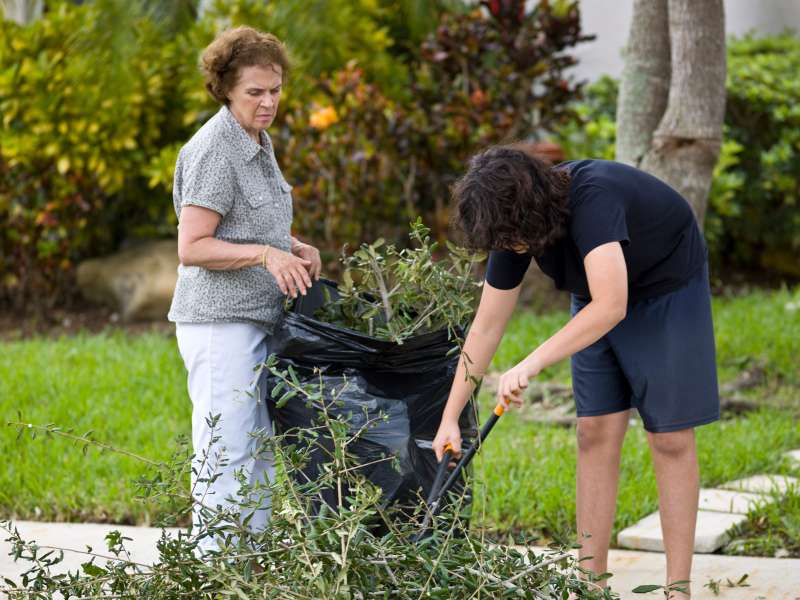
As the growing season approaches, spring cleanup is essential. This process involves removing dead leaves and other debris that have accumulated over the winter. This first step is key to encourage new growth and help prevent diseases or pests that can spread under the clutter.
If you’d rather someone else do the work, the average cost of professional yard cleanup is $318, with most projects ranging from $174 to $436. These expenses vary depending on the size of the property and what needs to be done. Many lawn care companies provide seasonal packages that include spring cleanup.
Soil Testing and Amendments
March is prime time for soil testing and making needed amendments. The soil’s pH level influences how well your grass can absorb nutrients. For Wilmington, the ideal pH for lawns is 6.0, except for centipedegrass, which prefers a 5.5 pH. Soil testing kits are available at the New Hanover County Arboretum.
Following testing, you might need to improve your soil’s health with different types of soil amendments. Lime can improve overly acidic soil (below 6.0), while sulfur can reduce excessive alkalinity (above 7.0). Always follow package instructions and the soil test results.
Weed Control
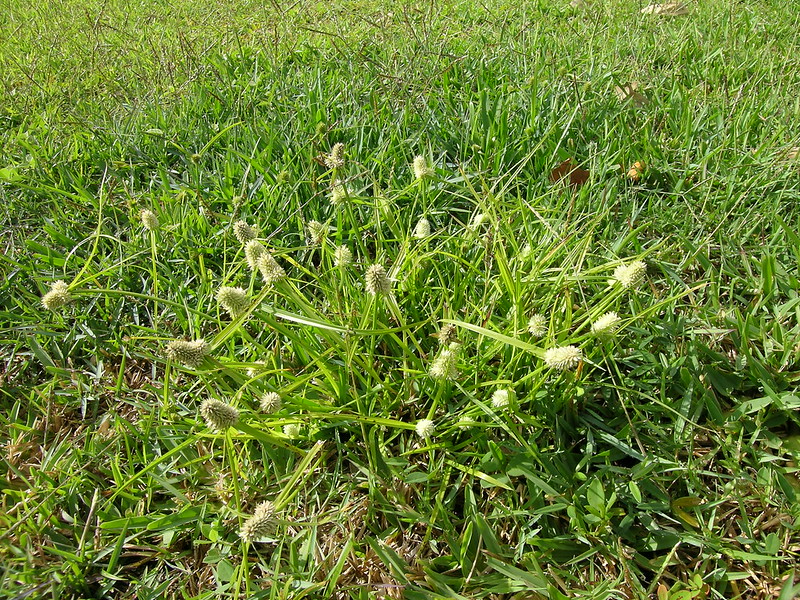
When it comes to weed control in Wilmington, the key is to start early. Apply pre-emergent herbicides in early March before weed seeds sprout, and water the lawn thoroughly afterward to get rid of crabgrass and other common weeds in Wilmington before they start.
For best results, wait until compost and other organic amendments have been incorporated into the soil before applying herbicides. The average cost for weed control by landscapers ranges from $65 to $165 depending on the size of your yard and what needs to be done.
Fertilizer
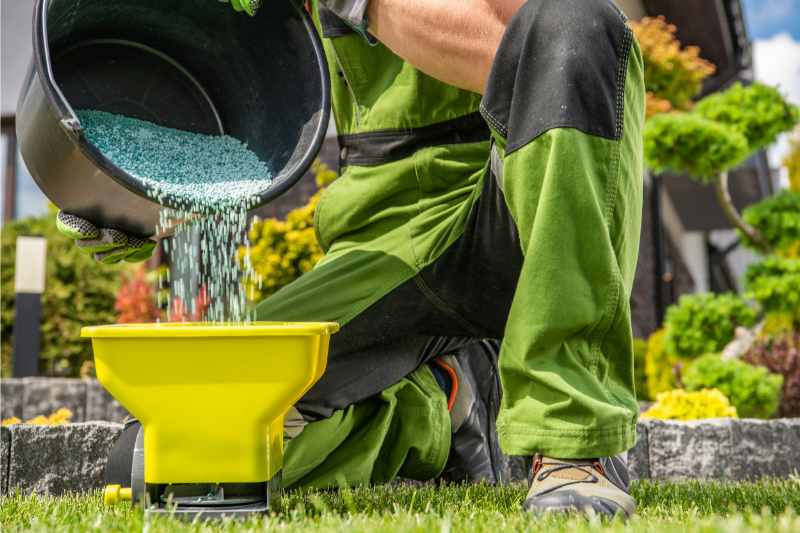
In coastal North Carolina you should fertilize your lawn in early and late spring. The first treatment, by March 31st, helps revive the lawn after winter. The second, by May 31st, provides the nutrients needed for the warmer weather. Both treatments should be based on soil tests and include ample nitrogen to rejuvenate the lawn’s color.
It’s best to use a slow-release formula in spring, especially if you fertilized the past fall. Your lawn needs nitrogen (N), phosphorus (P), and potassium (K) for recovery, all of which are present in different ratios in lawn fertilizers. Choose the right lawn fertilizer using your soil test results.
April
The sun is out, and the average daytime temperature for Wilmington in April is around 74 degrees F. This warmer weather marks the next phase of cultivating a beautiful lawn. It’s the ideal moment to evaluate your lawn’s needs, check your sprinkler system, do maintenance on your lawn mower, and get in the first mow of spring.
- Week 1: Evaluate lawn for compaction and thatch
- Week 2: Sprinkler system check
- Week 3: Lawn mower maintenance
- Week 4: First mow of the season
Evaluate Your Lawn
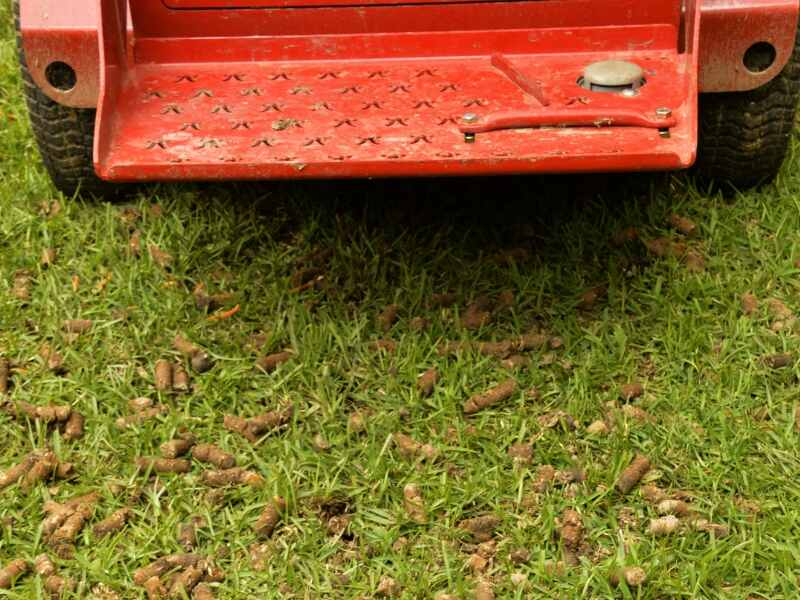
Assess your lawn to decide if it needs aeration or dethatching. Aeration relieves soil compaction by making small holes in the soil, allowing air, water, and nutrients to reach grass roots. Thatch, a layer of grass and debris, can hinder grass growth by preventing water, air, and nutrients from reaching the soil.
Aeration: If your lawn has compacted soil or if water pools in your yard, it may need aeration. This process allows your lawn’s roots to breathe, absorb nutrients, and receive water. Knowing how to aerate a lawn is beneficial, and April is an ideal time to do this in New Hanover County.
If you prefer to hire a professional, the average cost of lawn aeration is around $144, depending on the size of your yard.
Thatch: While a small amount of thatch can conserve soil moisture and reduce compaction, excess thatch can inhibit grass growth. If the thatch layer exceeds 1/2 inch, then you should dethatch your lawn during the grass’s growing season.
- Warm-season grasses: Late spring or early summer
- Cool-season grasses: Late summer to early fall
The cost of dethatching your lawn varies based on the method used. In most cases, lawn dethatching costs around $175 per hour if done by a lawn care professional.
Sprinkler System Check
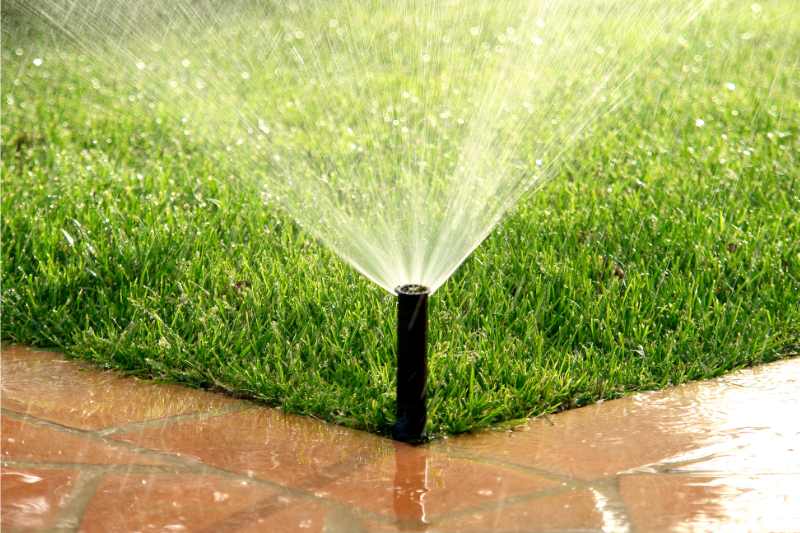
Examine your irrigation system to head off any issues. The main objective of a sprinkler system audit is to reduce waste and ensure that your lawn gets the right amount of water it needs to grow. Lawns typically require 1 to 1.5 inches of water per week. You may be able to avoid watering altogether if you have a week with a lot of rainfall.
The cost of sprinkler system repairs varies based on the type of system and the extent of work required. Minor repairs can cost $70, while major repairs can cost $850. Labor costs range from $60 to $115 per hour and part costs vary, with connectors being the least expensive, around $1 to $9 each.
Lawn Mower Maintenance

April in Wilmington brings on warm weather and plenty of rain, meaning you’ll be breaking out the lawn mower sooner rather than later. Now is the perfect time to do some DIY lawn mower maintenance. As the mowing season approaches, you will need to complete the following tasks.
- Clean the mower: Remove any grass clippings and debris from the mower deck and blades. While you clean the underside of your lawn mower, check for signs of rust or damage.
- Check the oil: Ensure your mower has enough oil. If the oil is dirty, consider doing an oil change on your mower.
- Inspect the air filter: A dirty filter can reduce your mower’s efficiency. Clean or change the air filter as necessary.
- Sharpen the blades: Dull blades can tear grass, causing damage to your lawn. It’s recommended you sharpen your lawn mower blades before the first mow of spring.
- Check the tires: If your mower has tires, ensure they are properly inflated and in good condition.
- Clean the spark plugs: Typically, you should clean or change the spark plugs on a lawn mower once every season.
- Drain and replace gas: If your mower has been sitting idle with gas in the tank from last season, drain the gas from your lawn mower and replace it with fresh fuel. Old gasoline can clog the carburetor and cause starting problems.
- Charge the battery: If your lawn mower has a battery, ensure that it is fully charged and ready for use. Remember to consistently charge and maintain your lawn mower batteries.
First Mow of Spring
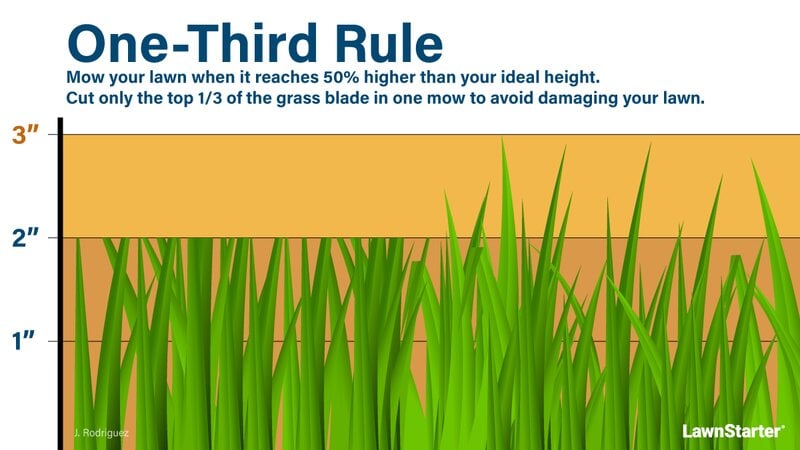
Start mowing your lawn when your grass is about 3.5 inches high. Ensure you mow the right way and only cut a third of the blade at once. This is also a good time to check your lawn for any bare or uneven spots. In May, you can overseed your warm-season lawn if necessary, which will keep it green and level.
Lawn mowing is a common service provided by landscaping companies. It helps to discourage the growth of weeds and stimulate new grass growth. The cost for lawn mowing services can range from $36 to $105, depending on the size of the yard and the complexity of the terrain. Many companies offer packages that include additional services or discounts for repeat mowing clients.
May
Ensure adequate watering of your lawn as summer approaches to keep it in top condition. Fill any sparse grass patches by overseeding. Address pests early to prevent outbreaks, and tackle common turf problems promptly. Applying a second fertilizer treatment will maintain your lawn’s optimal condition throughout the season.
- Week 1: Assess and adjust irrigation
- Week 2: Overseed, if necessary
- Week 3: Start pest control and address turf issues
- Week 4: Apply the second fertilizer treatment
Irrigation
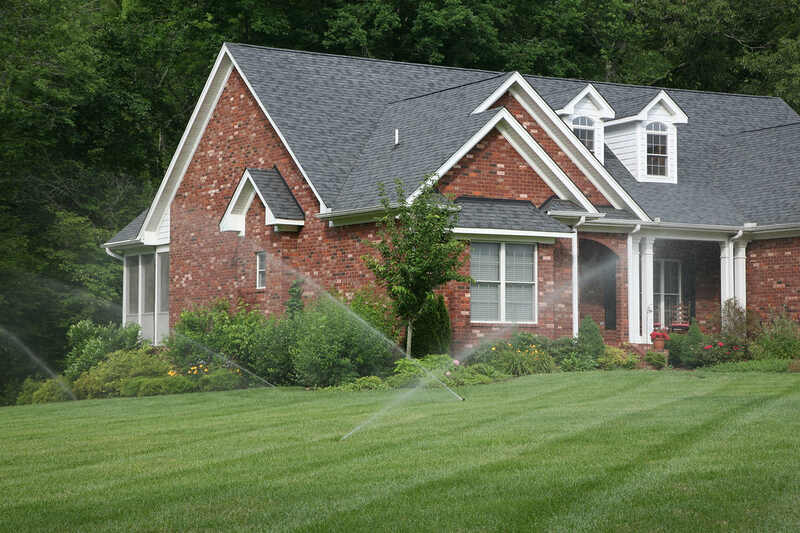
Once or twice a week, you should water your lawn deeply until the soil is moist, about 6 inches down. However, how often you should water your lawn depends on weather conditions. It’s best to water early in the morning and avoid overwatering for a healthy, lush, and green lawn.
To save time and effort, consider installing a sprinkler system instead of manual watering. A well-designed and properly maintained system can efficiently water your lawn, reducing waste and promoting healthier grass. The cost of installing a sprinkler system can range from $2,200 to $4,600, depending on the size of your lawn and the complexity of the system.
Overseeding
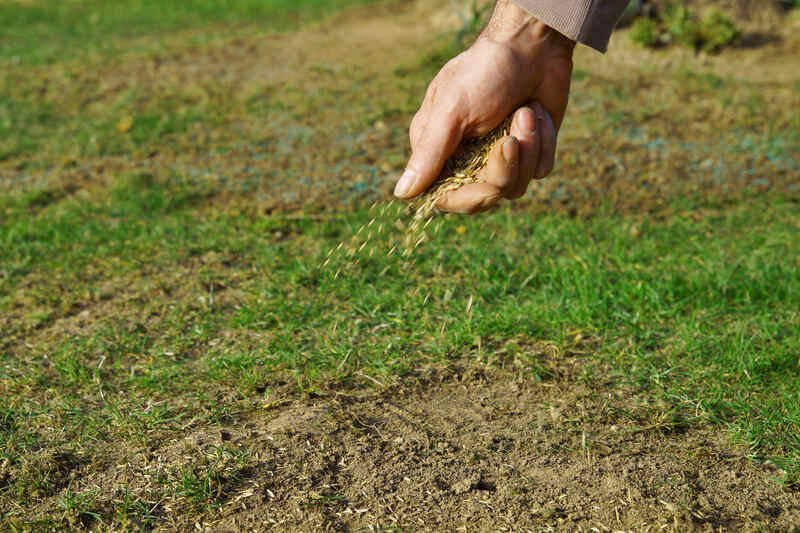
Overseeding involves planting new grass seeds into an existing lawn to revitalize it, fill in thin areas, and combat diseases and pests. In Wilmington, you should overseed your lawn in late spring and early summer for warm-season grasses. For cool-season grasses, like fescue, overseed in the fall or early spring.
The entire square footage of your lawn will determine how much overseeding costs, although it is often between $0.09 and $0.19 per square foot. When overseeding, or if you’re establishing a new lawn, ensure you know how to choose the best grass seed for Wilmington to have a successful, lush lawn that will be greener than your neighbor’s envy.
Pest Control
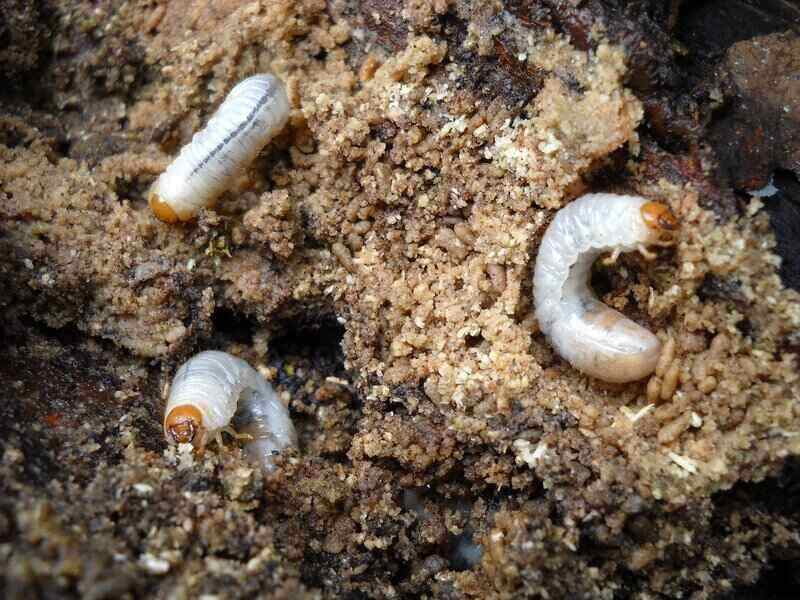
In Wilmington, common lawn pests like grubs, chinch bugs, and sod webworms can cause significant damage to your turf. The best pest control is to maintain a healthy lawn. However, if these invaders have posed problems in the past, consider preventative treatments to ward them off.
A few of the insects you may find munching on your lawn include:
- White grubs: Apply a preventative grub control product to kill grubs before they hatch and can eat the roots of your grass.
- Chinch bugs: These pests suck the sap from grass, causing it to turn yellow and then brown. To prevent chinch bugs before they start, apply preventative insecticides in early May in areas where they have been a regular problem.
- Sod webworms: The larvae of lawn moths, sod webworms feed on grass blades. Use beneficial nematodes in your lawn as an effective and eco-friendly way to control these pests.
Lawn Diseases
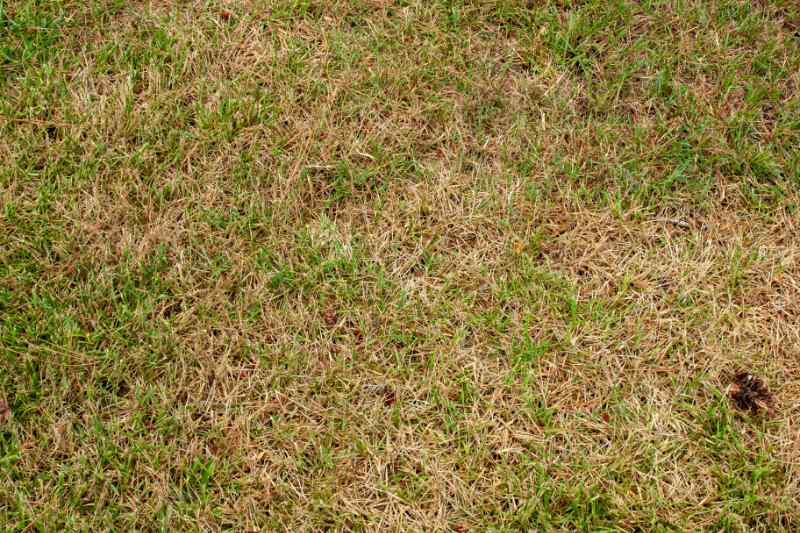
North Carolina’s spring weather can lead to lawn problems like brown patch, dollar spot, red thread, and fairy ring. You can manage these issues by improving airflow, lessening thatch, watering and fertilizing correctly, and using fungicides. Taking good care of your grass and spotting diseases early is crucial for a healthy lawn.
Combining various fungus treatments with regular lawn care and preventative measures often yields the best results. If you opt for a DIY approach, lawn fungus treatments cost around $5 to $8 per 1,000 square feet for a single application, on average. While hiring a professional increases the cost, their expertise is crucial during serious infestations.
Lawn diseases commonly found in North Carolina include:
- Brown patch: A prevalent lawn disease in Wilmington, caused by the city’s warm, humid climate. If brown patch has previously been an issue, consider applying a preventative fungicide in the spring before the symptoms appear.
- Dollar spot: This common fungal disease develops as small, silver dollar-sized patches on your grass. To prevent dollar spot, spray fungicides in the spring and early summer.
- Red thread: This lawn disease causes patches of grass to turn reddish-brown. A good way to prevent red thread is to ensure your grass is receiving enough nutrients. Red thread usually appears on lawns that have not been adequately fertilized.
- Fairy ring: Circular patches where mushrooms or toadstools grow are known as fairy rings and are caused by excess water. Aerate the lawn to increase airflow and improve drainage in your yard to help prevent these fungi from popping up.
FAQ: Spring Lawn Care
How Often Should I Aerate My Lawn?
Average homeowners aerate their lawn every two to four years. However, if your lawn experiences a lot of foot traffic and activity, you may need to aerate it every one to two years.
Can You Mow and Fertilize a Lawn on the Same Day?
Yes. While it’s best to mow the grass a few days before using fertilizer, you can mow and fertilize your lawn the same day. However, you should mow first and wait a few hours before applying the fertilizer.
Does Vinegar Work for Testing Soil Ph?
Yes, you can use vinegar to test your soil’s pH. Mix a fresh soil sample with water and vinegar in a 1:1 ratio. If the mixture fizzes, your soil is alkaline. If there’s no reaction, the soil could be acidic or neutral.
Mix another fresh soil sample with water and baking soda in the same 1:1 ratio to check for acidity. If this mixture reacts, your soil is acidic. If neither test produces a reaction, your soil is likely neutral.
What is a Low-Maintenance Landscaping Tip for North Carolina?
The best way to make your North Carolina lawn care less of a burden in spring (or any other season) is to use native plants in your landscape. Unlike most lawn grasses, native plants naturally thrive in your area and take much less effort than a lawn.
Check out this list of the 14 Best North Carolina Native Plants to simplify your lawn care routine.
When to Hire a Pro
Looking forward to a lush green lawn this summer but don’t want the hassle of spring lawn care chores? No worries! In Wilmington, NC, professional lawn care services are available to handle all your spring lawn care needs. You can just sit back, enjoy the weather, and let the professionals turn your lawn into the envy of the neighborhood.
Main Image Credit: Coreymchandler / Wikimedia Commons / CC BY-SA 4.0



